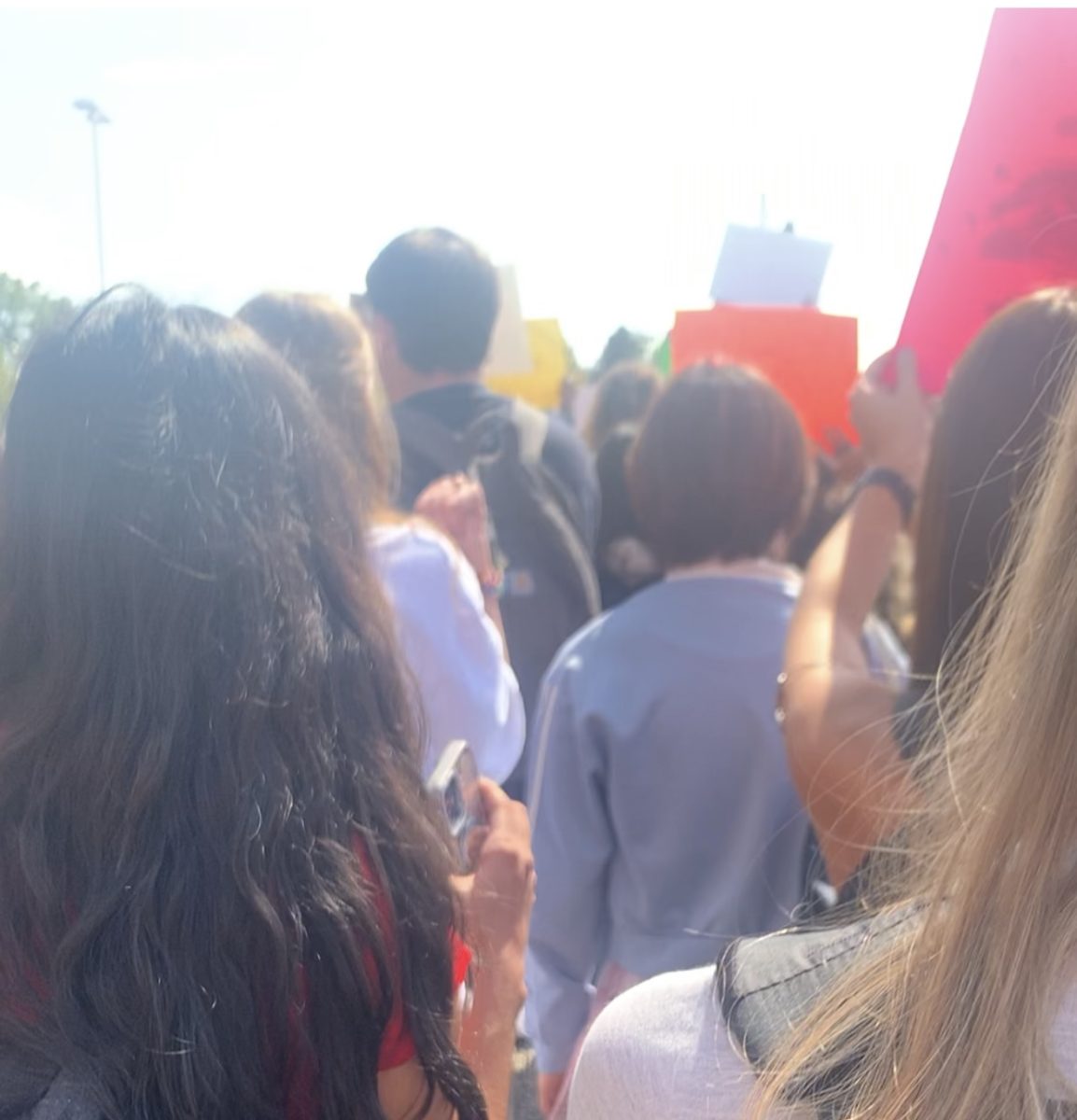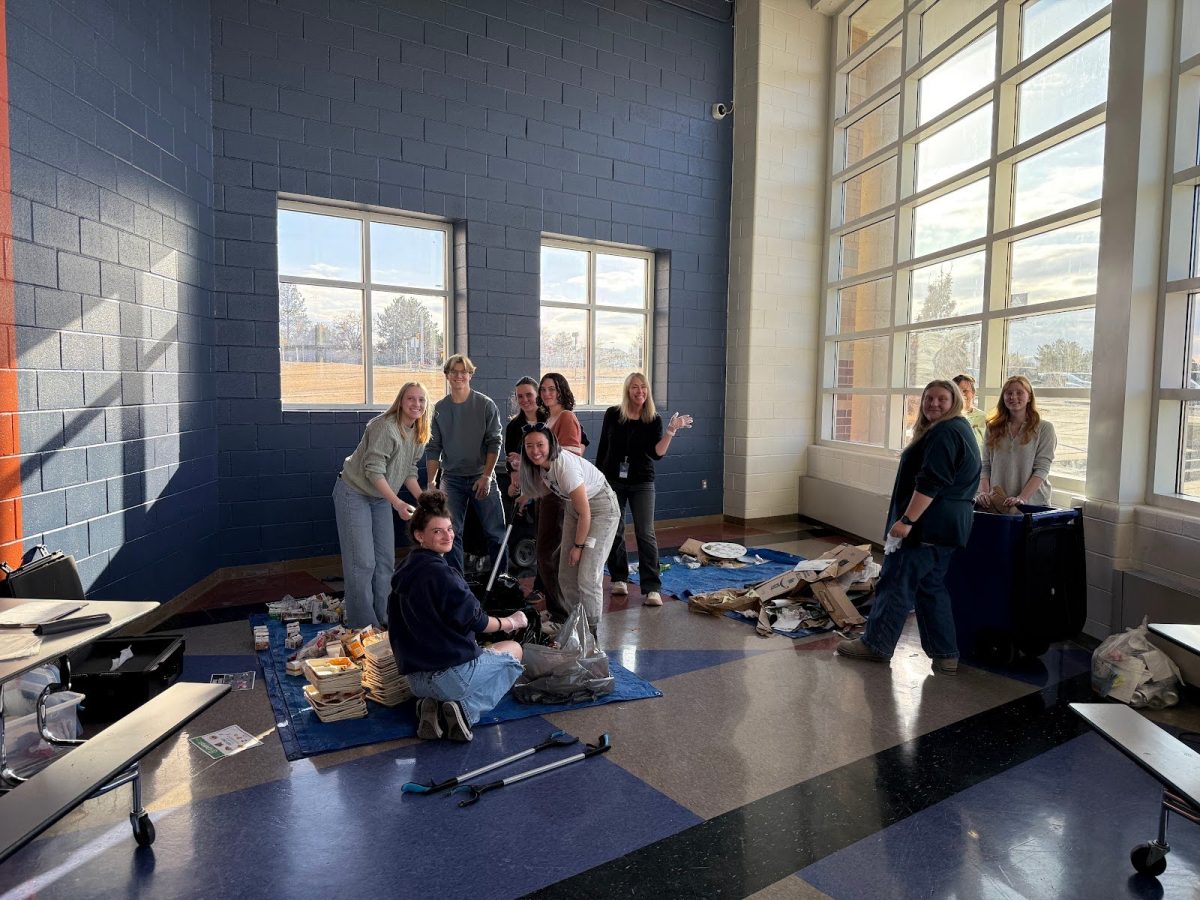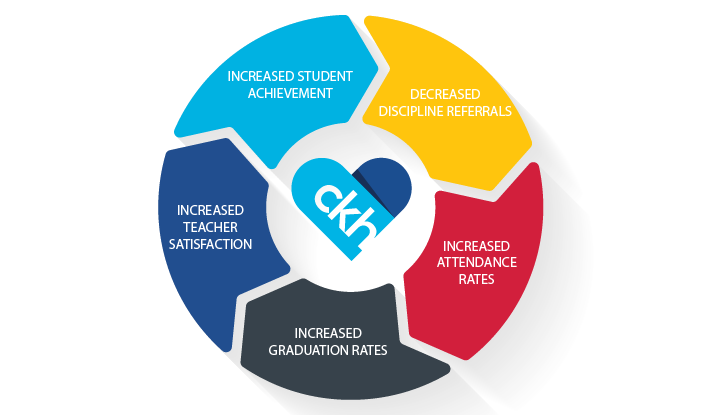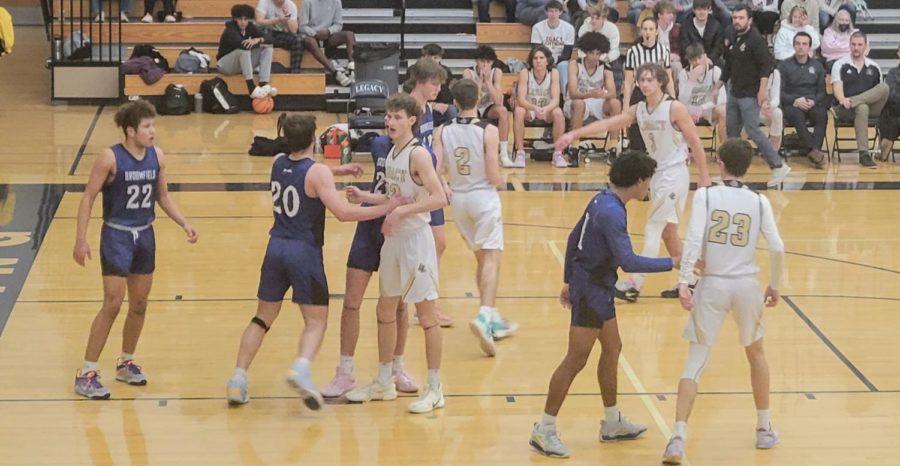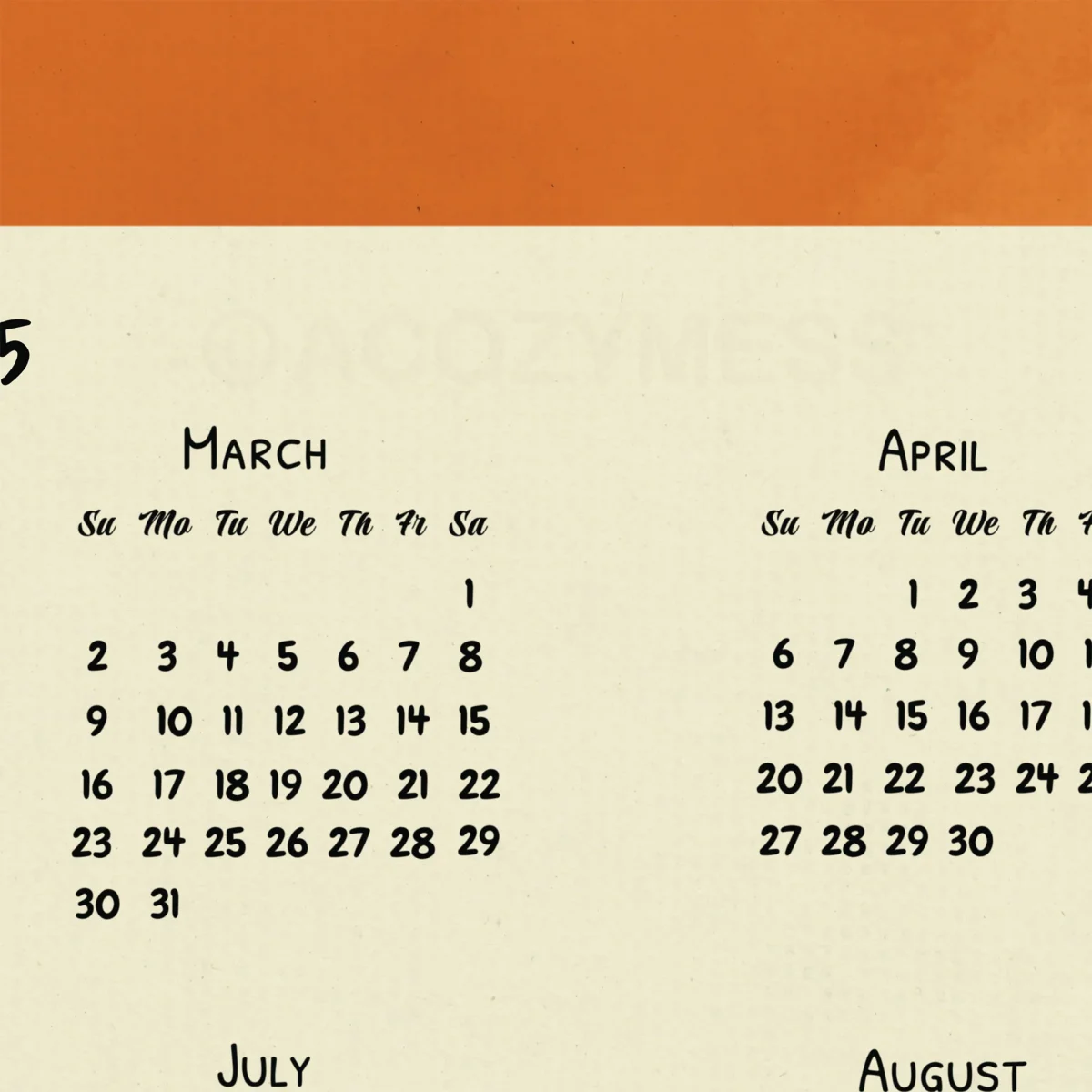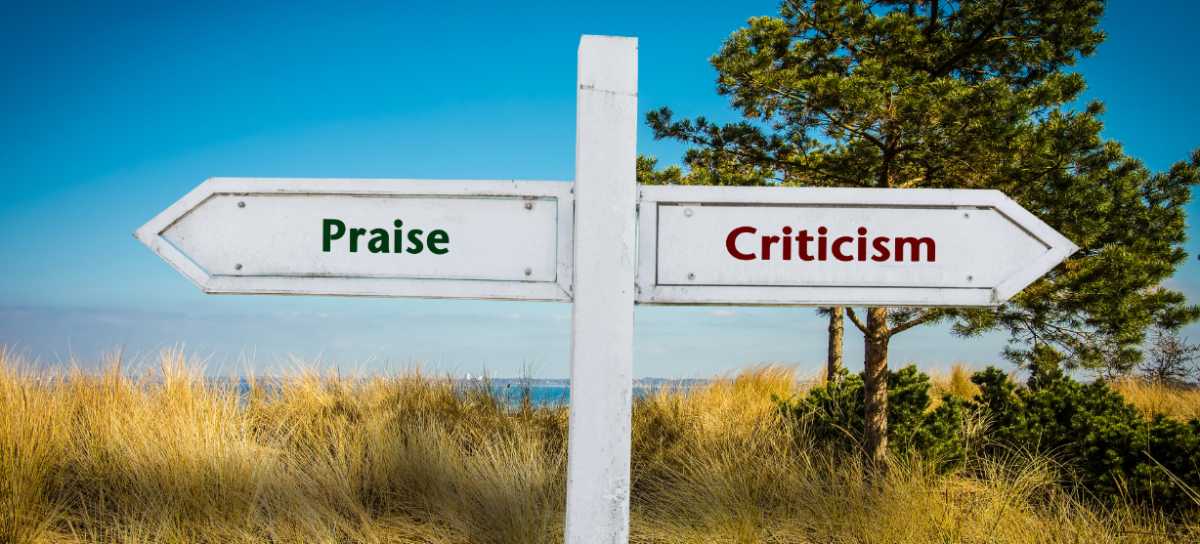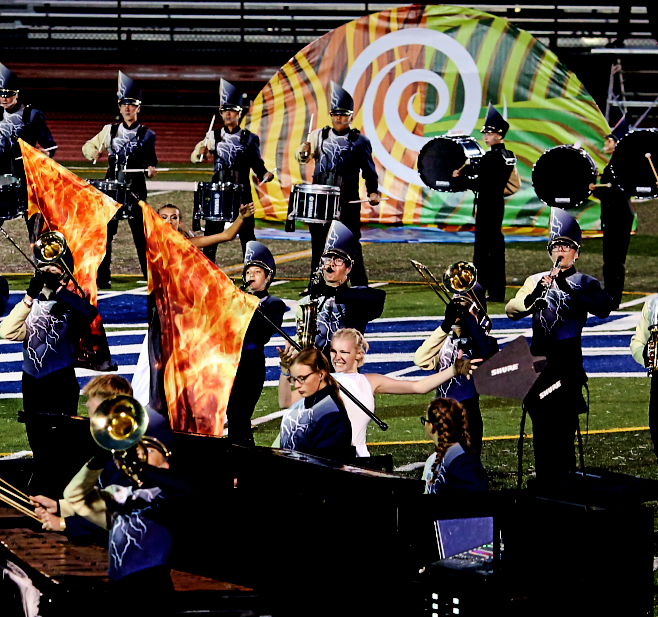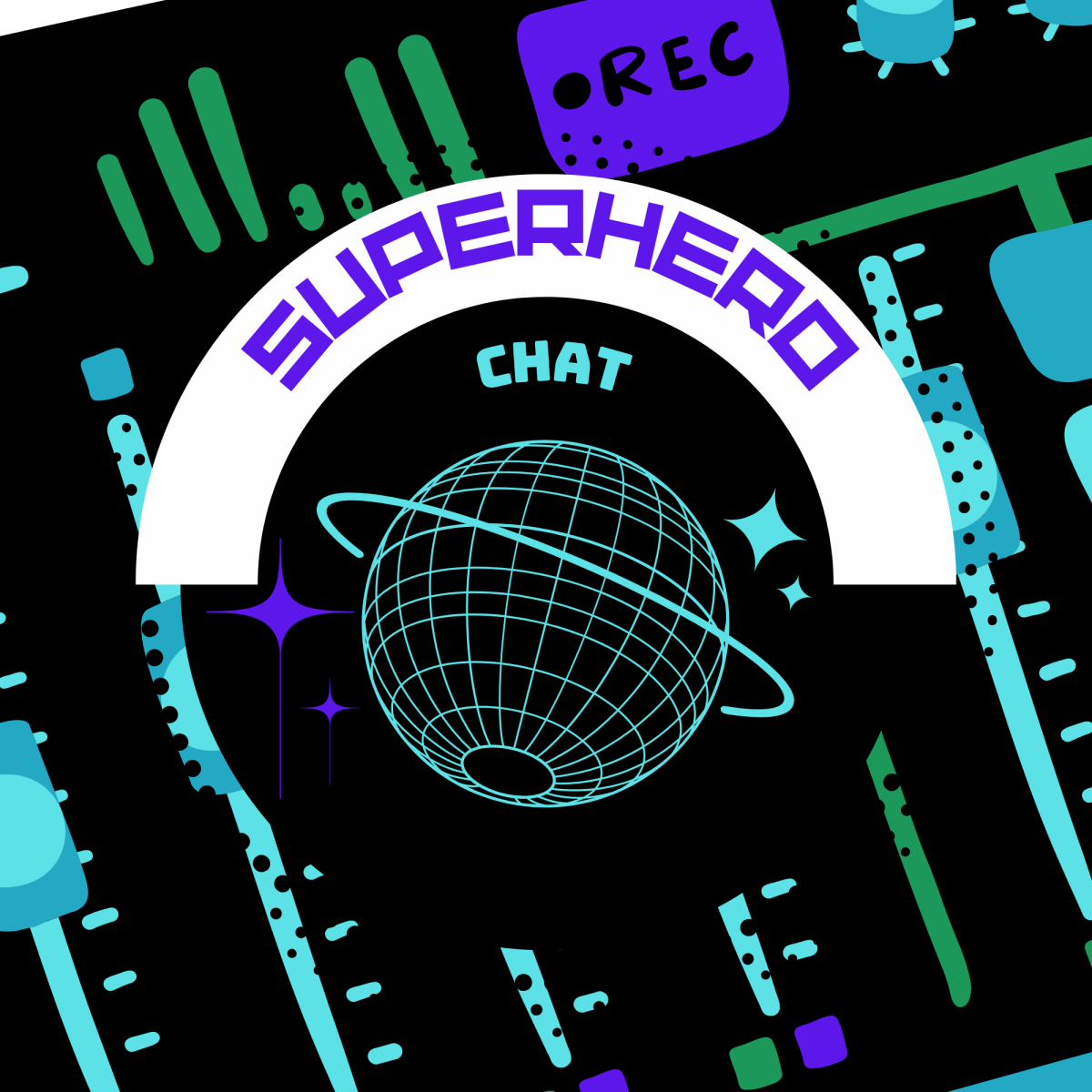While the end of May celebrates another year of high school, it also marks Legacy’s first year of Capturing Kids’ Hearts, a new program aimed at improving students’ sense of belonging and related academic and behavioral performance.
Founded in 1990 by youth psychotherapist Flip Flippen, Capturing Kids’ Hearts (CKH) strives to develop school connectedness to improve student behaviors, student-staff relationships, and academic performance. For 35 years, CKH has impacted over 5 million students, trained around 50,000 educators annually, and served more than 10,000 campuses across the United States.
Implementing CKH at Legacy
In August 2022, the Adams 12 staff at Skyview Elementary began CKH training. Recognized as a Rising Star for National Showcase School in only their first year, a Panorama survey also reported a 10% increase in the students’ sense of belonging and a 20% increase in their growth mindset. A year later, they became a National Showcase School. From their successes, Adams 12 superintendent Chris Gdowski intended to expand CKH into five secondary schools, as stated in his 2023-24 monitoring report, but he eventually implemented it in Horizon High and Legacy High.
Legacy teachers underwent CKH training two days before the beginning of school with some teachers wanting to learn an extra day of content. To enforce a more optimistic environment, this training was based on the EXCEL model: E for intentionally Engaging with others; X for X-ploring the needs of student and teachers; C for healthy Communication; E for Empowering confident skill application; and L for Launching a meaningful close of the class.
According to Mr. Hammond, Legacy’s social studies teacher and department leader, EXCEL manifests into positive priming techniques such as greeting kids (Engage), reflecting on good things (X-plore), and ending with inspirational quotes (Launch). He explains that through deliberate interactions, “Students seem to be more positive in my classroom because they’ve had a positive experience coming into the classroom.” CKH also recommends positive appropriate touch like fist bumping, which can redefine negative associations and create a greater sense of belonging. Mr. Hammond finds that this has “increased the willingness of students to engage” and likewise improved “my capacity for saying hello to them.”
The administration also integrates CKH for staff―the same way teachers utilize CKH for students. In both classrooms and meetings, social contracts have been a method to improve positive relationships by redirecting a source of conflict―unwanted behavior―to a mutually respected agreement. For Mr. Hammond, the administration also makes more deliberate efforts to engage and create genuine connections, creating a powerful shift in faculty attitude. He explains, “When you have leaders who treat you as human beings and who have that sense of kindness and gentleness, I think it creates an environment where people want to work.”
CKH has powerful implications… if used correctly
With the noticable improvement in student-teacher and teacher-administration relationships, the general consensus among faculty is that CKH is effective in school belongingness and related academic/behavioral achievements.
Certainly, research reveals that social environments affect students’ mental and physical health. A 2021 longitudinal study analyzed students from freshman to junior year and their response to their school environment. When the students were sophomores in a supportive and structured system, they reported higher self-efficacy and grit, later reporting less depression and stress as juniors. The researchers argue that this support highly relies on positive student-teacher relationships through teacher interactions and disciplinary styles. Similarly, a 2019 meta-analysis found that secondary schools without pro-school roles in students, such as teacher engagement and student input, can develop harmful anti-school roles, such as violence and drug use, as an alternative mode for belonging and model behavior.
CKH utilizes this modeling influence to build opportunities for pro-school roles. Notably, CKH is based on the Social Cognitive Theory, which reasons that some knowledge originates from observing surrounding behavior. By observing teacher behaviors such as self and social awareness and decision-making, students can build mature behaviors and perspectives. A 2019 dissertation by Dr. Angela S. Dischinger, a current assistant superintendent in Arkansas, described how modeling is especially important for teaching older students, because of a greater exposure to and influence of aggressive behavior in later years, primarily in males. In both males and females, modeling and a supportive environment decrease such behavior, which simultaneously decreases the time necessary to resolve conflicts and teach healthy responses.
Through positive environments, even teachers reap benefits from CKH training. In 2017, Dr. Stephanie L. Burgess, a current principal and board-certified educator, wrote her dissertation on CKH in classroom management. For new teachers, CKH techniques broadened their effective classroom management strategies and correlated to higher self-efficacy. Experienced teachers can realize the significance of positive teacher-student interactions and integrate priming techniques into their classrooms.
However, some research suggests that CKH does not impact academic behavior. Funded by the National Institue of Justice, a 2022 evaluation of CKH found “consistently no impacts of CKH on both ELA [English Language Arts] and Math test scores.”
Interestingly, a common problem regarding CKH is consistency. A three-year quasi-study for public schools in Wake County, North Carolina found that elementary schools more consistently integrate EXCEL than in secondary schools, possibly due to its similarity to expected strategies in primary education. Primary teachers reported positive student behavior, but “the daily time committed to implementing CKH is dependent on the teacher” despite the fact that EXCEL thrives best in a “consistent manner.”
Even Legacy reflects these inconsistencies. While the beginning of the year centered around social contracts―how would you like to be treated by your peers?―teachers referenced them less and less often. For most students, CKH went unnoticed. Social contracts became arbitrary posters, good things became nothings, and positive notes became hastened goodbyes. Personally, CKH initially felt like a superficial attempt at maturing student behavior.
Mr. Hammond suggests that some teachers may see CKH as “prescriptive” to many other programs that have not been effective. Other backlash may originate from CKH’s vulnerable teaching style. He explains, “We are approaching our relationships in a different way. It takes a shift in attitude.”
CKH in the future
When talking with Mr. Hammond in November, he mentioned how some students do not have any positive relationships with adults. “It may be that at school,” he noted, “the only positive adult in their life is the one teacher who saw all these problems and asked them about themselves.”
Although CKH warrants various backlash through its controversial evidence and style, a more open-minded approach may increase the outcome rate, especially from the willingness of both students and staff. However, regardless of its effectiveness, CKH’s intention to improve student performance is a powerful reminder that teaching a student requires understanding them―a value that transcends any social contract.

